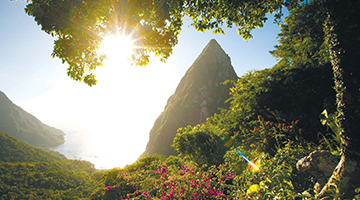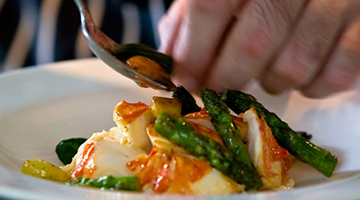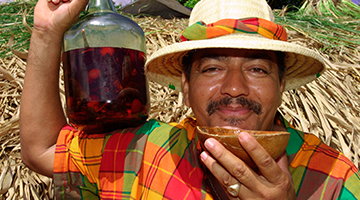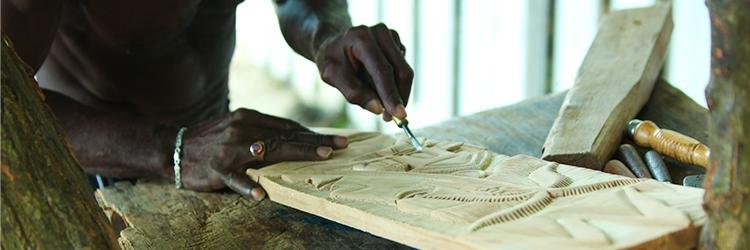History of Saint Lucia
History of Saint Lucia
Saint Lucia is one of the most luxurious and spectacular holiday destinations in the world, with white sandy beaches, clear blue sea, and an exciting night life. The history of Saint Lucia is just as remarkable, and is another excellent reason to visit this Caribbean island.

History of Saint Lucia
Saint Lucia’s past has had an enormous influence on how people live on this Caribbean island today. The local food, language, music and a wide range of cultural activities, have strong links with the history of Saint Lucia. The large number of archaeological sites and historical landmarks spread around this island are a clear indication of the deep and diverse history of Saint Lucia. The first people to settle here were the Arawak Indians. Since then, Saint Lucia has been ruled by various other countries including Spain, France and England. In some cases, the same country ruled, lost, and then regained control of this island. Because of this, Saint Lucia’s history was often turbulent, with many struggles between countries, for the ownership of the island. Slavery, and the importation of African slaves, up until the 19th Century, also had a deep impact on this island and was a darker period in the history of Saint Lucia. Saint Lucia is currently a member of the Commonwealth.
Saint Lucia Food
When it comes to eating the local food, there is a wide range of dishes available in Saint Lucia. Many of the most popular meals available are traditional seafood dishes. However, even the food eaten on this island, gives you a sense of the history of Saint Lucia. French, Creole, Indian and many other types of cuisine are popular on the island of Saint Lucia.

Castries Saint Lucia
Castries is the capital city of Saint Lucia. This small city is one of the main tourist destinations on the island. It has played a pivotal role in the history of Saint Lucia too and has seen many changes, since it was founded in 1650 by the French. It was originally called Carenage, however, in 1756, the city changed its name to 'Castries'. Castries had to be rebuilt at various times, after a number of fires destroyed the city. There are various tours you can take, to see Castries main landmarks, and how the city has had an impact on the history of Saint Lucia. It also has a transport system, which is connected to the main towns in Saint Lucia. The local beaches including Malabar Beach, Vigie Beach and La Toc Beach, are also extremely popular with visitors.
Saint Lucia Language
The languages spoken are also a clear indication of the various influences of other cultures, which are part of the history of Saint Lucia. English is the official language of this island, but a local version of the French language, called ‘Patwah’ is also spoken by almost every inhabitant of Saint Lucia.

Saint Lucia Music
Music is another strong link with the past and gives you an insight into the history of Saint Lucia. The main types of music have European and African influences. Local folk music is particularly popular, with instruments like guitars, banjos and fiddles, proving to be the main instruments used. Every year, various music events take place in Saint Lucia. There are many excellent reasons to visit Saint Lucia. It's white sandy beaches, clear blue sea, natural beauty and vibrant night life, make it an extremely popular location to spend time. The history of Saint Lucia is incredible too. To find out more about the latest holidays to this island paradise, please complete our enquiry form below, or to the right, and one of our specialist Saint Lucia travel consultants will be in touch shortly, to help plan your unforgettable holiday to Saint Lucia.

Copyright © 2001-2025 St. Lucia Holidays.net, all rights reserved.

